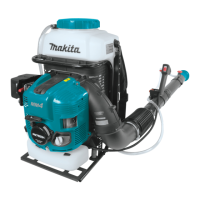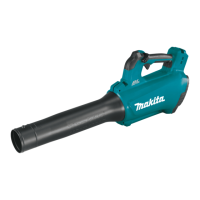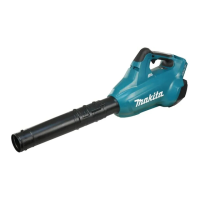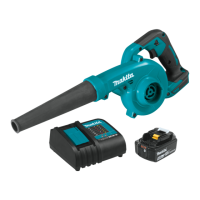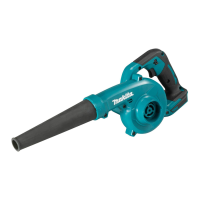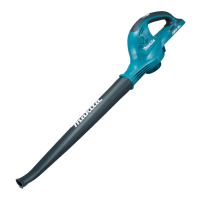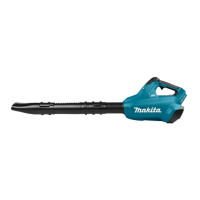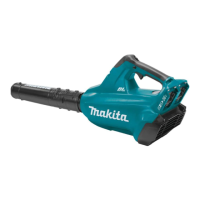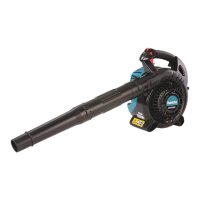1
Owner’s and Safety Manual
for Petrol mist blower
Manuel d’utilisation et de sécurité
de l’atomiseur
Manual del Propietario y de Seguridad
para Pulverizador a gasolina
PM7650H
WARNING:
Read this instruction manual carefully before putting the petrol mist blower into operation and strictly observe the safety regulations!
Save instruction manual for future reference.
AVERTISSEMENT :
Lisez attentivement les instructions du présent manuel avant de vous servir de l’atomiseur pour la première fois et
respectez à la lettre les consignes de sécurité.
Conservez ce manuel d’instructions pour vous y référer ultérieurement.
ADVERTENCIA:
Lea esta manual de instrucciones con atención antes de utilizar el pulverizador a gasolina y ¡observe estrictamente las regulaciones de
seguridad!
Guarde el manual de instrucciones para futuras referencias.
